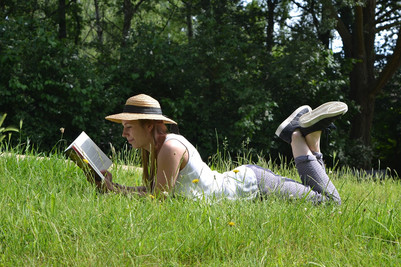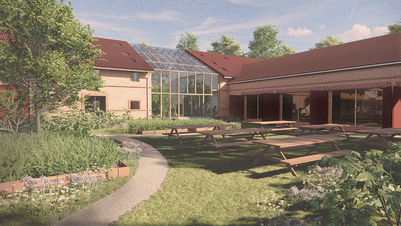
Conference Abstract | Hans-Christian Jensen & Anders V. Munch

Artificial Landscapes and Total Environments: ’Environment’ as Key Term in the Design Debate around 1970
’The Depressive Deep Freezer Called Model Housing’ was just one of the many critical descriptions of the industrialised housing of high modernism around 1970. Critiques of alienating and inhumane planning and housing came from many sides and commented on both social, psychological, political, ecological and aesthetic problems. But one thing in common was the notion of ’environment’, or ’miljø’ as it was called in the Scandinavian debates. This notion performed as a lens both to gather – but also to muddle – the many perspectives together. The notion carried meanings as both habitat (Canguilhem), creative milieu (Constant) and spatial design. The critics looked at both physical environment and social milieu (Gehl) and experimented with total environments, open systems and participatory building (Ussing & Hoff) to create awareness and find new ways of planning spaces of welfare. In these ways the notion of ’environment’ was central to ideas of a both mental, cultural and physical transformation throughout any scale. ”Design means coming to grips with our environment and doing so from a socially responsible viewpoint. […] Our environment consists of landscapes, regions, cities, climates, shelters, tools, devices, informations, products, happenings, messages and much else.” (Papanek 1970b) And even the education of architects and designers should be reformed according to this broad understanding of environments. It opened a general debate on public design and institutional aesthetics.
We will sketch the complex discourse on environment in Denmark and Sweden around 1970 and look into some of the dilemmas of mediating the environments as well as solutions to make people participate and grasp the wishful emancipation. The muddling of aspects and the dilemmas are still stumbling stones to our debates of both spaces of welfare as well as ’environmental’ sustainability today.
Literature
Canguilhem, Georges (2008), Knowledge of Life, 1952, Fordham University Press
Constant (1969), ”Ny urbanisme”, Arkitektur og Billedkunst 1969, 70-71 (in Dutch 1966)
Gehl, Ingrid (1971), Bo-miljø, Copenhagen: Statens Byggeforskningsinstitut & Teknisk Forlag
Papanek, Victor (1970a), Miljön och Miljonerna, Stockholm: Bonniers
Papanek, Victor (1970b), ”Om design og om undervisning i design/An Alternative to Sterility/Eine alternative der sterilität/Pour échapper à la stérilité”, Mobilia no. 182, unpag.
Peters, Terri (2016), ”Social sustainability in context: rediscovering Ingrid Gehl’s Bo-miljø”, arq 20/4, 2016, 371-380
Schmidt, Torben (1970a), ”Det totale miljø”, Arkitekten, 162-64
Ussing Susanne & Carsten Hoff (1969), ”Form, rum, natur, computer”, Arkitektur og Billedkunst 1969, 27-30
Ussing, Susanne & Carsten Hoff (1977), Huse for mennesker. Om organisk byggeri, Copenhagen: Forlaget Beboertryk 1977
Hans-Christian Jensen, PhD, Associate Professor at Department of Design and Communication, University of Southern Denmark. Teaches Design Studies, Design Culture and Design Management. Recent publication in English (co-authored with Mads Nygaard Folkmann) “Subjectivity in Self-Historicization: Design and Mediation of a “New Danish Modern” Living Room Set”, Design and Culture, Vol. 7, Issue 1, 2015.
Anders V. Munch, Dr.Phil., Professor in Design Culture, University of Southern Denmark Kolding. PhD-dissertation Der stillose Stil. Adolf Loos, Wilhelm Fink Verlag 2005. Postdoctoral dissertation Fra Bayreuth til Bauhaus, Aarhus University Press 2012. Co-editor of Design Culture. Objects and Approaches, Bloomsbury 2019. Danish board member of Nordic Forum for Design History. Head of a workshop series on Nordic Design Cultures in Transformation 1960-80 together with Kjetil Fallan and Christian Zetterlund.















